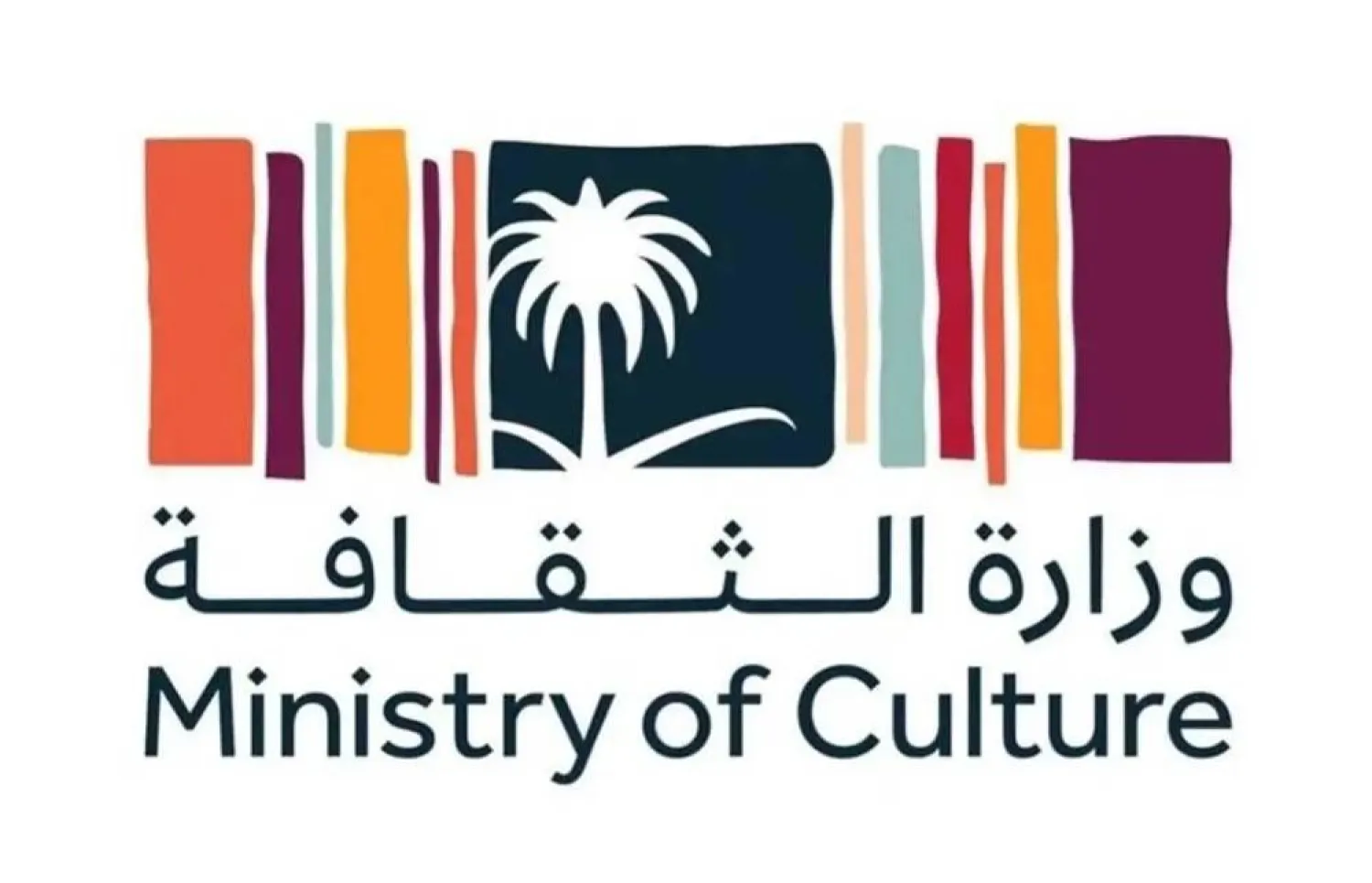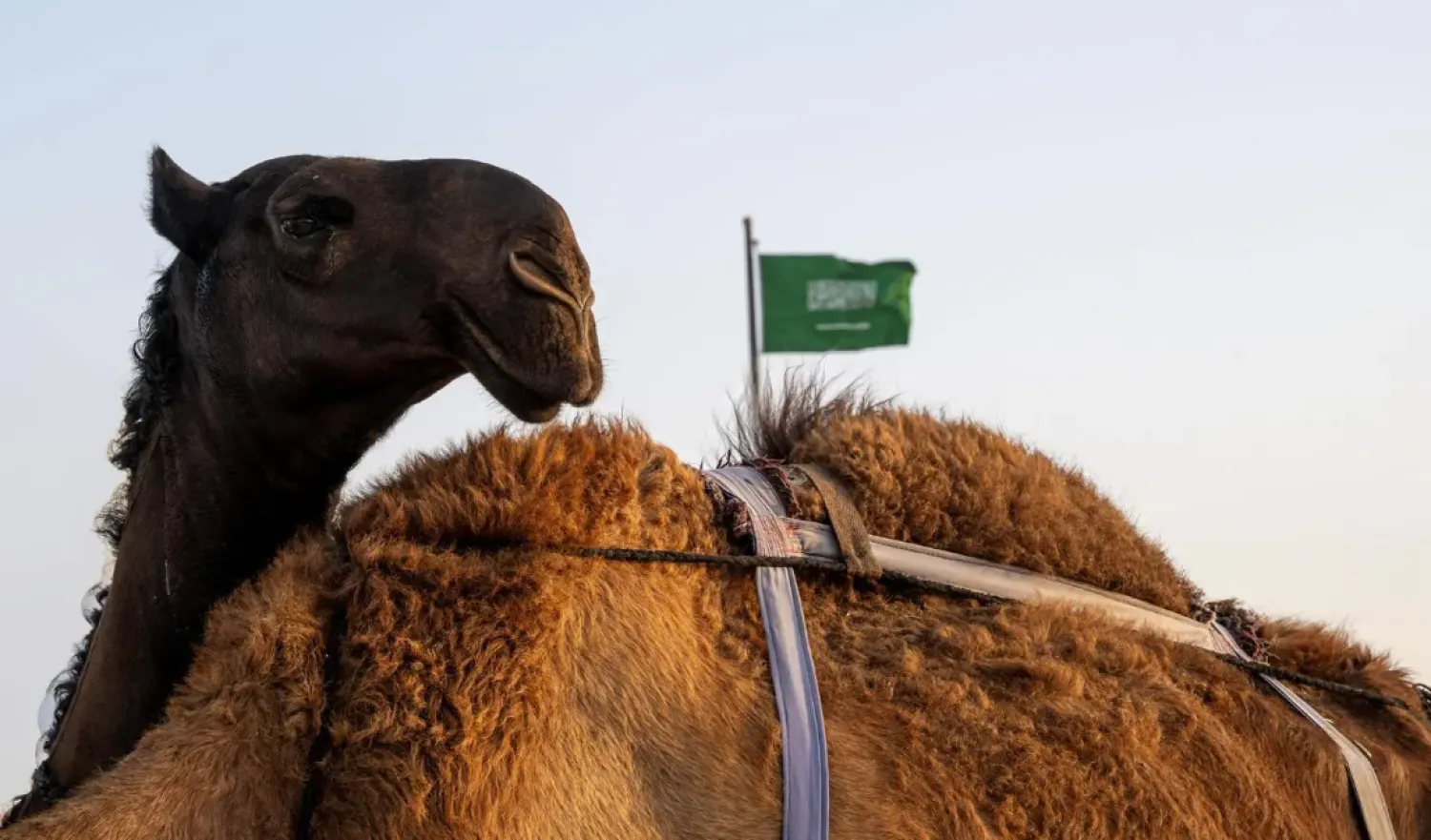The second edition of the Islamic Arts Biennale 2025 in AlBidaya (the beginning) section of the Western Hajj Terminal at King Abdulaziz International Airport in Jeddah will feature a unique event highlighting the entire Kiswah of the Holy Kaaba outside of Makkah for the first time.
This remarkable experience allows visitors to intimately engage with and contemplate the beauty of Islamic craftsmanship, reflected in the intricate details of the cladding fabric and its embroidery adorned with gold and silver threads.
The display of the Kaaba cladding is part of the Diriyah Biennale Foundation's initiative to showcase Islamic arts and deepen understanding of its rich history and cultural legacy. The Biennale offers visitors an immersive experience to delve into the journey of the cladding industry, beginning with the selection of the finest natural silk, progressing through the stages of hand weaving and embroidery with gold and silver threads, and culminating in the final stages of processing.
The Islamic Arts Biennale 2025 will display a remarkable collection of historical Islamic artifacts and contemporary artworks.









